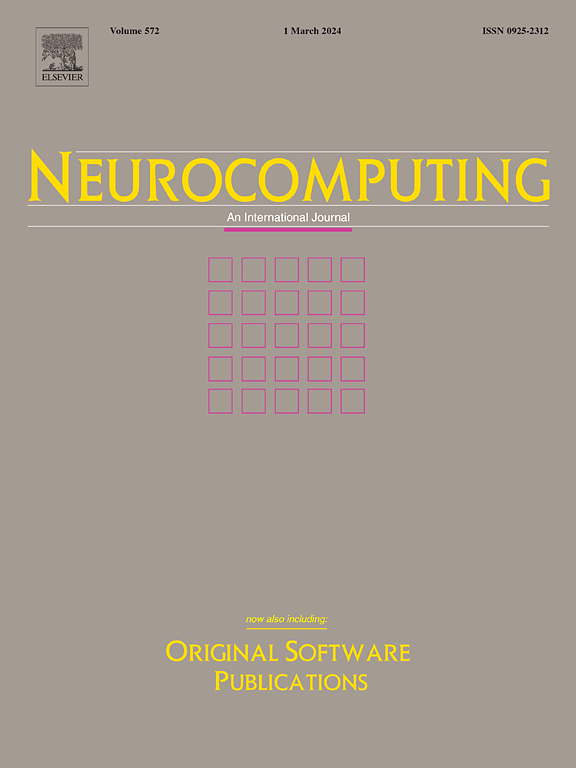利用混合阶关系感知递归神经网络增强镜头间人员再识别能力
IF 5.5
2区 计算机科学
Q1 COMPUTER SCIENCE, ARTIFICIAL INTELLIGENCE
引用次数: 0
摘要
本文章由计算机程序翻译,如有差异,请以英文原文为准。
Enhanced inter-camera person re-identification leveraging mixed-order relation-aware recurrent neural network
The person Re-Identification (Re-ID) requires a significant quantity of the costly label information, whereas unsupervised ones are still unable to provide satisfactory identification performance. These results in the poor scalability due to the requirement of the laborious data collection and annotation process in real-world Re-id applications. Unsupervised Re-ID techniques not require identity label data, but have significantly worse and inadequate model performance. In this paper, Enhanced Inter-Camera Person Re-identification leveraging Mixed-Order Relation-Aware Recurrent Neural Network (EICPR-MORRNN-TTAO) is proposed. The input images are collected from Market-1501, MSMT17, and Duke MTMC-reID datasets. Afterward, the input image is supplied to pre-processing. In preprocessing, Unsharp Structure Guided Filtering (USGF) is employed to enhance image quality. The pre-processed image is supplied to classification phase for Re-identifying the Inter-Camera Person as Same and Different utilizing Mixed-Order Relation-Aware Recurrent Neural Network (MORRNN). Generally, MORRNN does not adopt any optimization methods to determine the ideal parameters to assure accurate person Re-identification. Hence, Triangulation Topology Aggregation Optimizer (TTAO) is proposed to enhance the weight parameters of MORRNN. The EICPR-MORRNN-TTAO method is implemented in Python. The metrics, like Mean Average Precision (MAP), Cumulative Matching Characteristic (CMC), recall, Rank-1, Rank-10, Rank-20, Entropy, error rate, and Receiver Operating Characteristic (ROC) is considered. The EICPR-MORRNN-TTAO method attains 23.10 %, 27.54 % and 25.72 %, higher mAP, 21.48 %, 17.73 %, 25.32 % higher CMC and 20.98 %, 26.66 % and 16.32 % lower Error rate, are compared with existing techniques, like Intra-camera supervised Re-ID (ICSP-RI-PR), Offline-online associated camera-aware proxies for unsupervised Re-ID(OSC-UPRI-EIC), and Unsupervised Re-ID with stochastic training strategy (UPRI-EIC-STS) respectively.
求助全文
通过发布文献求助,成功后即可免费获取论文全文。
去求助
来源期刊

Neurocomputing
工程技术-计算机:人工智能
CiteScore
13.10
自引率
10.00%
发文量
1382
审稿时长
70 days
期刊介绍:
Neurocomputing publishes articles describing recent fundamental contributions in the field of neurocomputing. Neurocomputing theory, practice and applications are the essential topics being covered.
 求助内容:
求助内容: 应助结果提醒方式:
应助结果提醒方式:


